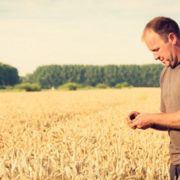
As global food demand rises, climate change is hitting our staple crops (The Conversation)
Blog, Research, Research Blog0 Comments
/
Farmers face falling crop yields and growing food demand.
ShutterstockAndrew Borrell, The University of Queensland
Climate change and extreme weather events are already impacting our food, from meat and vegetables, right through to wine. In our series on the Climate and Food, we’re looking at…
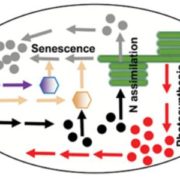
Review: Source-sink interactions in plants ($)
Plant Science Research Weekly, Research, Research BlogWith populations increasing globally, improving crop yield potential is one of the major challenges to the plant biologist, complicated by the changing climate. A better understanding of the source (material producer or exporter, e.g., leaves) – sink (material importer or consumer, e.g., roots, growing…
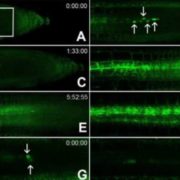
Phloem unloading in Arabidopsis roots
Plant Science Research Weekly, Research, Research BlogIt is well known that long distance transport and movement of molecules is enabled by phloem, but the precise mechanism of loading/unloading of phloem mobile compounds is not known. In this article, Ross-Elliott et al. used a combination of approaches (non-invasive imaging, 3D-electron microscopy, and…
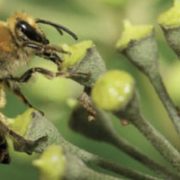
The importance of pollen chemistry in evolutionary host shifts of bees
Careers, Plant Science Research Weekly, Research, Research BlogSome bees are generalist pollinators that gather pollen from a wide range of species, whereas others are specialists that visit only one or a few species. Vanderplanck et al. examined floral traits of the host plants of two different groups of generalist bees. There was no significant correlation between…
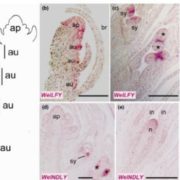
Welwitschia mirabilis sheds light on ancestral mechanisms prefiguring floral development ($)
Plant Science Research Weekly, Research, Research BlogIn order to look at the origins of flowers, Moyroud et al. looked at reproductive controls in the gymnosperm Welwitschia mirabilis, which, as the authors say, is a good model because, “Although the plant body is famously bizarre, the reproductive structures are generalized.” Furthermore, its male…

Proteomics of two differently pathogenic races of Fusarium oxysporum
Plant Science Research Weekly, Research, Research BlogFusarium oxysporum is a fungal pathogen of plants. F. oxysporum f. sp. conglutinans (Foc) causes fungal wilt in cabbage. Two races have been identified, with Race 2 being much more pathogenic than Race 1. Li et al. used a proteomic approach to investigate the origin of Race 2’s enhanced pathogenicity.…
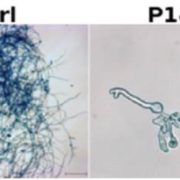
Sterol-binding activity of PR-1 contributes to its antimicrobial activity ($)
Plant Science Research Weekly, Research, Research BlogPATHOGENESIS-RELATED 1 (PR-1) protein was identified 50 years ago as a small protein induced in response to pathogens, but its mode of action has remained obscure. PR-1 is a member of the CAP family (cysteine-rich secretory protein, antigen 5, and pathogenesis-related 1). These proteins share a 150…

Structure of SHR–SCR heterodimer bound to BIRD/IDD transcriptional factor JKD
Plant Science Research Weekly, Research, Research BlogStructural biology provides a key link between genotype and phenotype. Hirano et al. probe the structure of a heterodimer of plant-specific GRAS family transcriptional regulators [SHORT-ROOT (SHR) and SCARECROW (SCR)] as bound to the transcription factor JACKDAW (JKD). The GRAS family proteins (encoded…
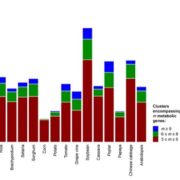
Genome-wide prediction of metabolic enzymes, pathways and gene clusters in plants
Plant Science Research Weekly, Research, Research BlogA considerable knowledge gap remains between the plant genome and the plant metabolome. To address this, Schläpfer et al. have developed a computational pipeline to identify metabolic enzymes, pathways, and gene clusters. Although metabolic genes are known to cluster in bacteria and fungi, until recently…

